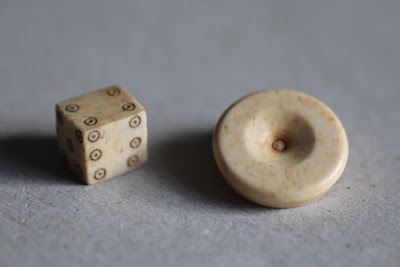Here is an article forwarded from Michelle, daughter of Georgia, my cohort here at Goddesschess, about the unmasking of yet another historical myth about the role a female played in the ancient Egyptian hierarchy of rulers. When Mr. Don was alive he fondly referred to us as "his" three Goddesses :)
 |
| Georgia, Michelle and Yours Truly, New York en route to Statue of Liberty, 2009. Chess Goddesses :) |
Early Egyptian Queen Revealed in 5,000 Year Old Hieroglyphs
from Yahoo, as reported at Live Science by Owen Jarus
January 21, 2016:
About 60 drawings and hieroglyphic inscriptions, dating back around 5,000 years, have been discovered at a site called Wadi Ameyra in Egypt’s Sinai Desert. Carved in stone, they were created by mining expeditions sent out by early Egyptian pharaohs, archaeologists say.
They reveal new information on the early pharaohs. For instance, one inscription the researchers found tells of a queen named Neith-Hotep who ruled Egypt 5,000 years ago as regent to a young pharaoh named Djer.
Archaeologists estimate that the earliest carvings at Wadi Ameyra date back around 5,200 years, while the most recent date to the reign of a pharaoh named Nebre, who ruled about 4,800 years ago.
The "inscriptions are probably a way to proclaim that the Egyptian state owned the area," team leader Pierre Tallet, a professor at Université Paris-Sorbonne, told Live Science.
He explained that south of Wadi Ameyra, the ancient expeditions would have mined turquoise and copper. Sometime after Nebre's rule, the route of the expeditions changed, bypassing Wadi Ameyra, he said.
Early female ruler
The inscriptions carved by a mining expedition show that queen Neith-Hotep stepped up as ruler about 5,000 years ago, millennia before Hatshepsut or Cleopatra VII ruled the country.
While Egyptologists knew that Neith-Hotep existed, they believed she was married to a pharaoh named Narmer. "The inscriptions demonstrate that she [Neith-Hotep] was not [emphasis added] the wife of Narmer, but a regent queen at the beginning of the reign of Djer," Tallet said.
'The White Walls'
An inscription found at Wadi Ameyra shows that Memphis, an ancient capital of Egypt that was also called "the White Walls," is older than originally believed.
Ancient Greek and Roman writers claimed that Memphis was constructed by a mythical king named Menes, whom Egyptologists often consider to be a real-life pharaoh named Narmer, Tallet explained.
The new inscription shows that Memphis actually existed before Narmer was even born.
"We have in Wadi Ameyra an inscription giving for the first time the name of this city, the White Walls,and it is associated to the name of Iry-Hor, a king who ruled Egypt two generations before Narmer," Tallet said. The inscription shows that the ancient capital was around during the time of Iry-Hor and could have been built before even he was pharaoh. [Could "The White Walls" be a reference to the prehistoric White Goddess, who later cropped up in culture after culture, in many different forms?]






































